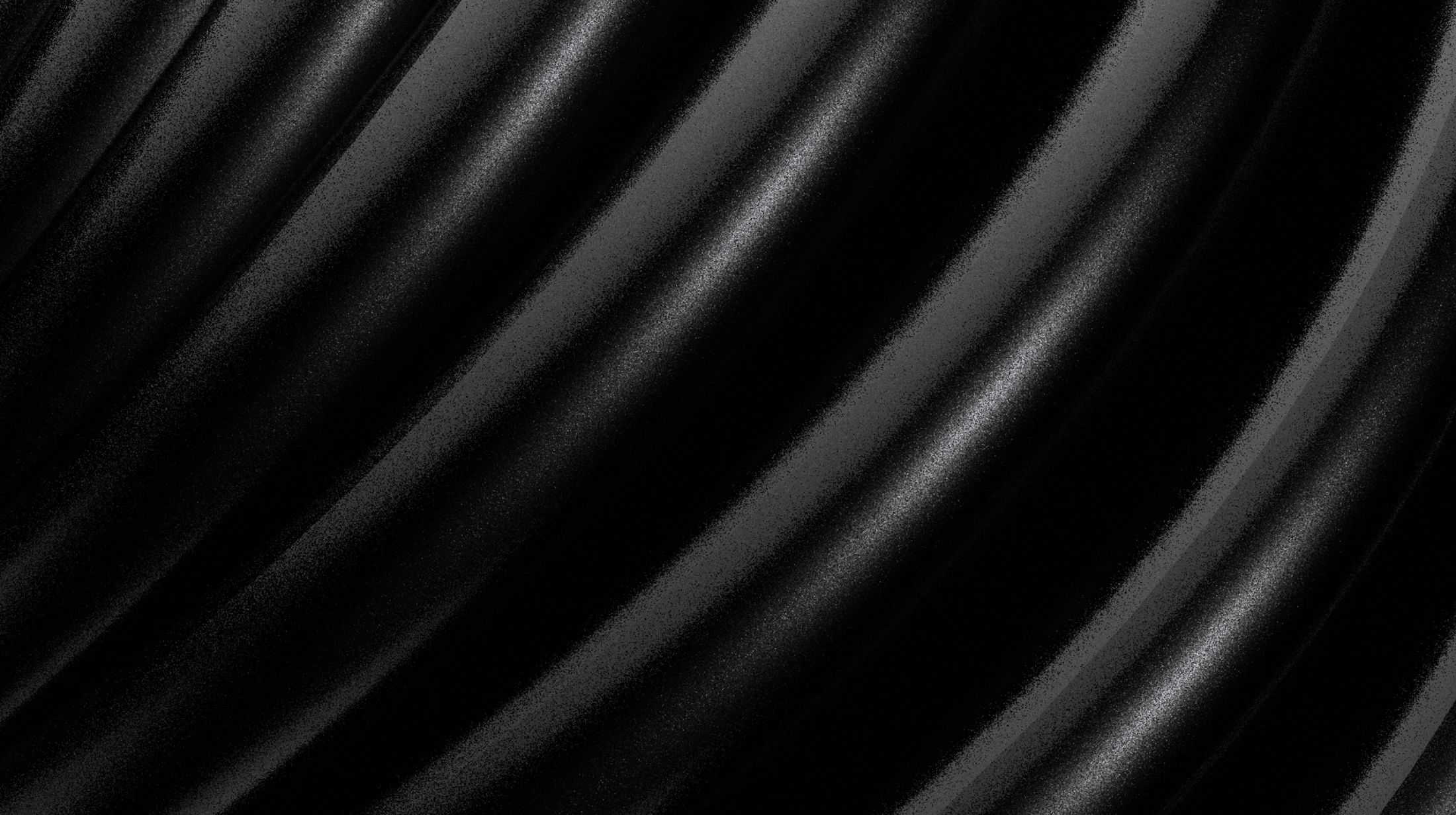
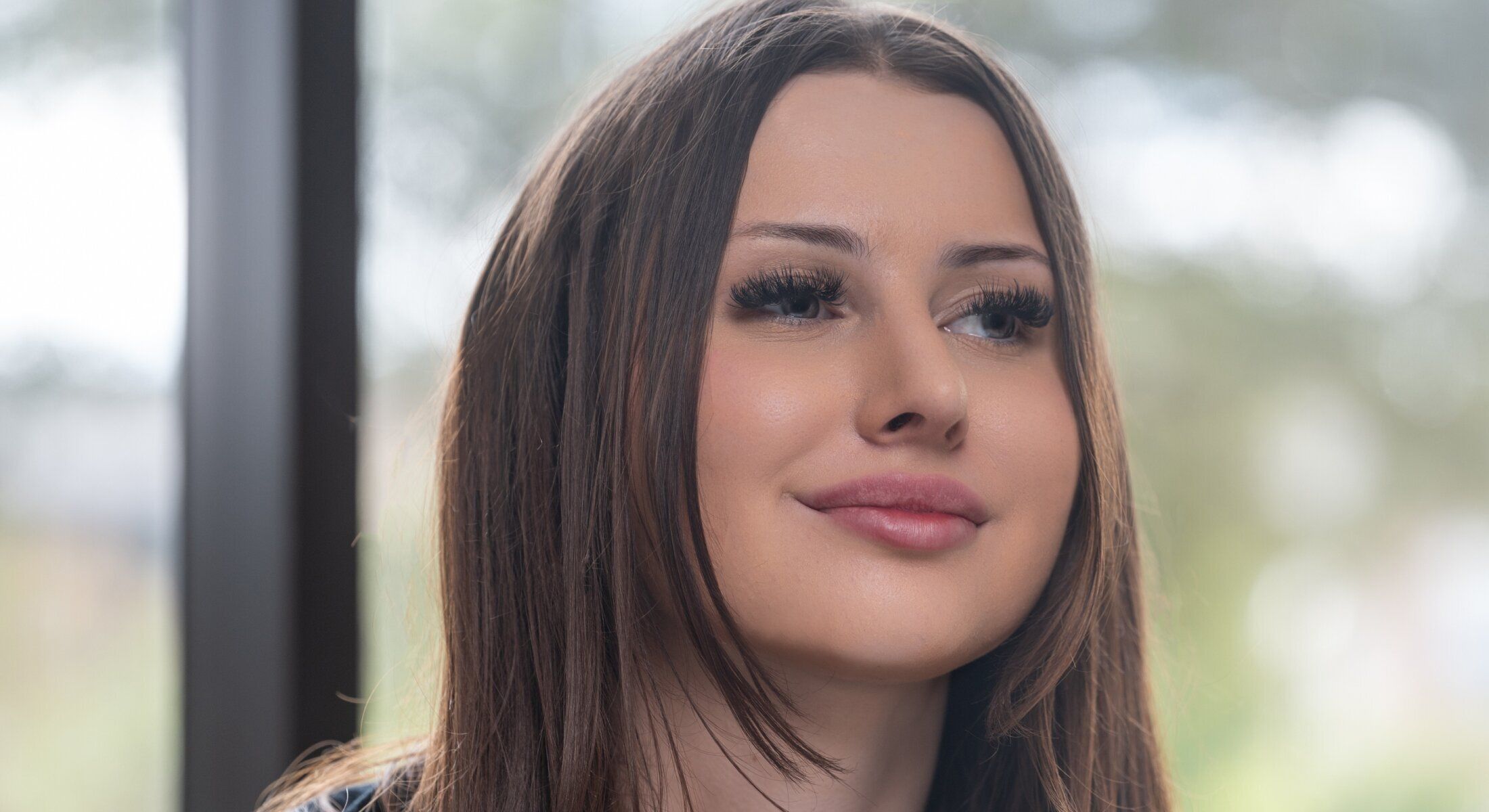


Your consultation is a key step in ensuring that the nose you envision becomes a reality. See what’s involved in the consult process when you visit our office. We have described numerous techniques for rhinoplasty and how rhinoplasty surgery is performed. The most important step in the entire process is the consultation appointment. At Athre Facial Plastics, most rhinoplasty consultation appointments are approximately 45 minutes to 1 hour long.
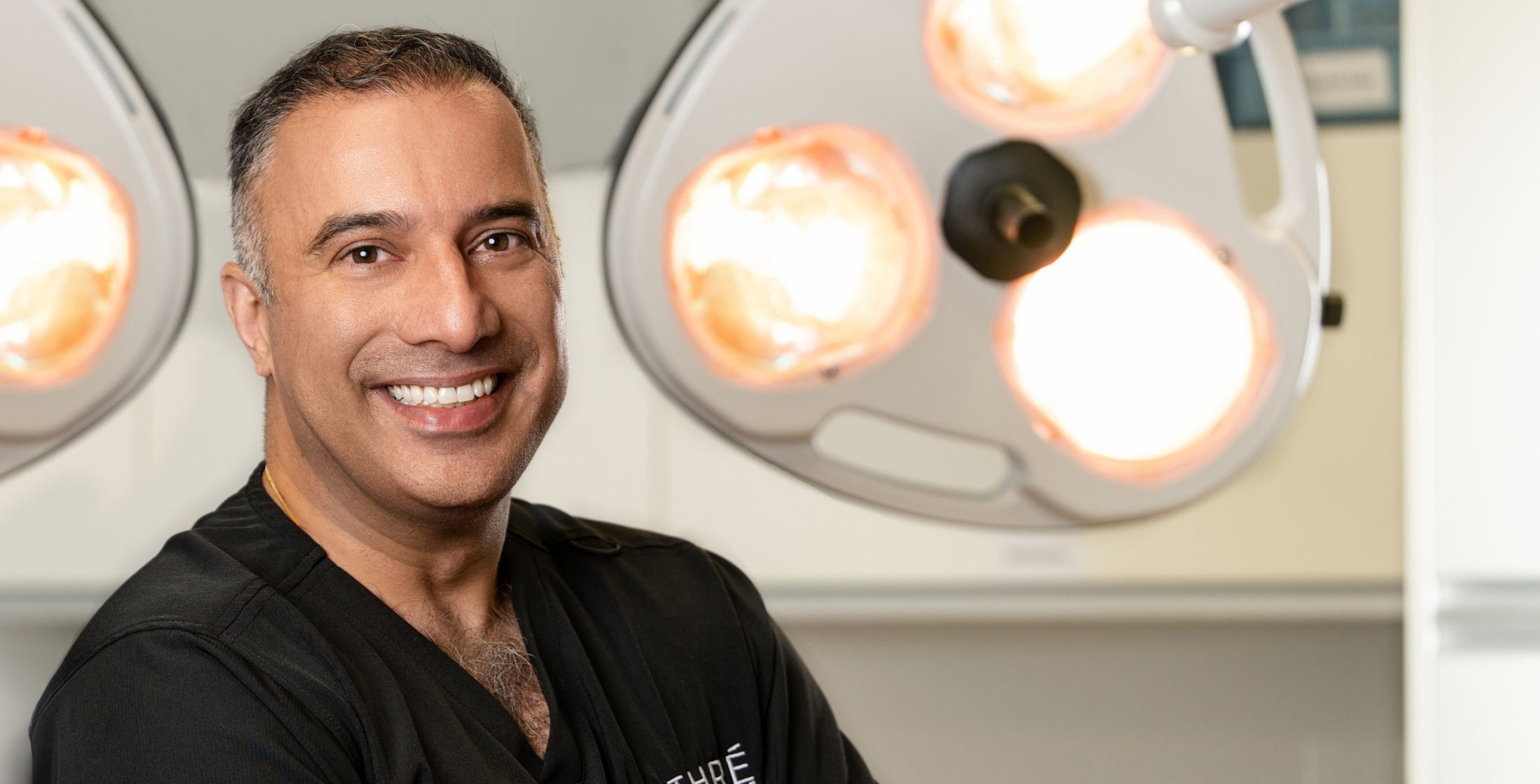
Information gathering:
We start the consultation process with the standard paperwork that most doctor’s offices use such as HIPAA, Privacy disclosures, office policies, etc. Following this, your photos are taken for consultation and documentation purposes. The next step is to get a detailed history from you. This includes your medical history, past surgical history, medications that you take, vitamin/supplements you use, and any drug allergies you may have.
Finally, the consultation starts, and Dr. Athre will ask the most important question, “If you had a magic wand, what would you do?”
The vast majority of rhinoplasty patients know exactly what they would change on their nose. Rhinoplasty surgeries are seldom impulse decisions and patients spend months to years debating with themselves on what they would do.
After the initial questions, Dr. Athre will perform a complete exam. The exam includes factors such as:
Then, the nose is examined. The external and internal nose is examined with respect the overall aesthetics of the nose as well, the position/straightness of septum, straightness of nose, quantity of cartilage in nose, tip dynamics and structure, position of the starting point of the nose, and the dynamics of the nose with the upper lip.
Successful rhinoplasty requires the surgeon to take into account every variable, including:
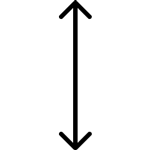
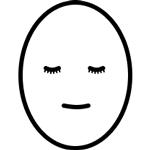
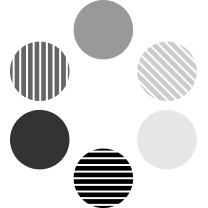


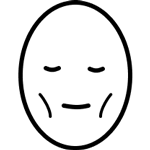

All of the above, as well as a complete physical exam and a discussion regarding the patient’s desires and aesthetic norms, are part of the initial consultation.
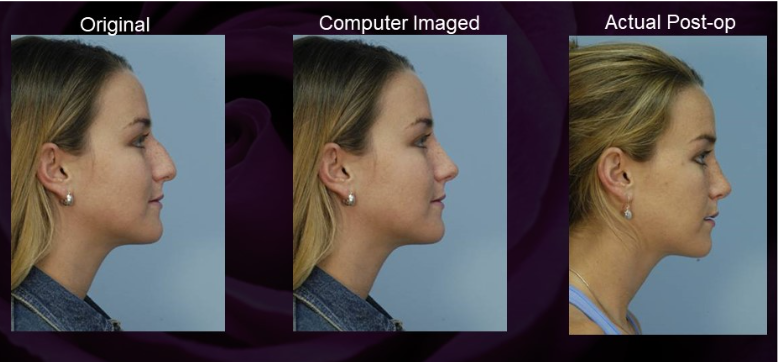

Based on all of the above information, and your own desires, Dr. Athre will come up with a nose that fits your face and a surgical game plan on how to achieve it. In the initial portion of the consultation, photos were taken. These photos come into play at this point in the consultation. Your own photos will be used to explain the various characteristics of your nose and what modifications will be necessary.
Dr. Athre likes to use 3D computer imaging to show you how your nose will potentially look. The system used in our office is the Vectra 3D system. The Vectra system is a powerful three dimensional imaging system that truly allows you to visualize your new nose on your face.
Despite the Vectra 3D system being state of the art, it still has limitations. Since the Vectra system is a modeling system, essentially anything can be done on the simulation. However, your nose has certain anatomic limitations based on the cartilage, etc. Therefore, Dr. Athre is the only person who does the imaging so that the imaged simulation will mirror the real-life results with as much accuracy as possible. The above image portrays this very well. You can see that the actual post-op result is actually better than the imaged simulation. While at other practices computer imaging might be performed offsite or by other ancillary personnel, Dr. Athré facilitates all of his own computer imaging. This is extremely important, since the surgeon is the only person who can evaluate the patient’s needs and realistically determine what can be accomplished in the operating room.
A second major shortcoming of ALL simulation programs is realism in frontal imaging. Realism is profile imaging as shown above is very accurate. The reason for this is the contrast between the skin and the background in the profile view. On the frontal view, realism is extremely difficult and is only based on photoshopping the result. What looks right on the simulation may or may not be possible in the actual surgery. Hence, Dr. Athre refrains from frontal imaging to minimize miscommunication with his patients with respect to expectations. In Dr. Athre’s words, “My job is to promise Paris, Texas, and deliver Paris, France. Not the other way around.”
There are some special situations where Dr. Athre will not offer imaging. Revision rhinoplasty is one of these situations. The rationale for this is simple. First, some revision rhinoplasty patient’s noses are so deviated that it is impossible to use a simulation based on their nose to create a simulation that is aesthetic and demonstrative to the patient. Dr. Athre is a great rhinoplasty surgeon, and his Photoshop skills are not as good! The second reason that some revision rhinoplasty patients are not candidates for simulation modeling is that there are limitations of what can be achieved in the operating room based on anatomy and scar tissue which would have been examined in the Rhinoplasty examination section above. If Dr. Athre feels that his imaging and modeling skills would either give the patient a false expectation or not accurately depict what he can achieve in the operating room, he might elect to not do 3D modeling.
3D modeling is a communication tool. It is not a toy to try on different noses like you would put on different noses on a Mr. Potato Head doll. It is a communication medium to help the patient visualize Dr. Athre’s aesthetic and ideas for your nose.
The final portion of your consultation will include a surgical game plan, a discussion of the risks of surgery, a description of your pre- and post-operative periods, and your estimate for surgery.